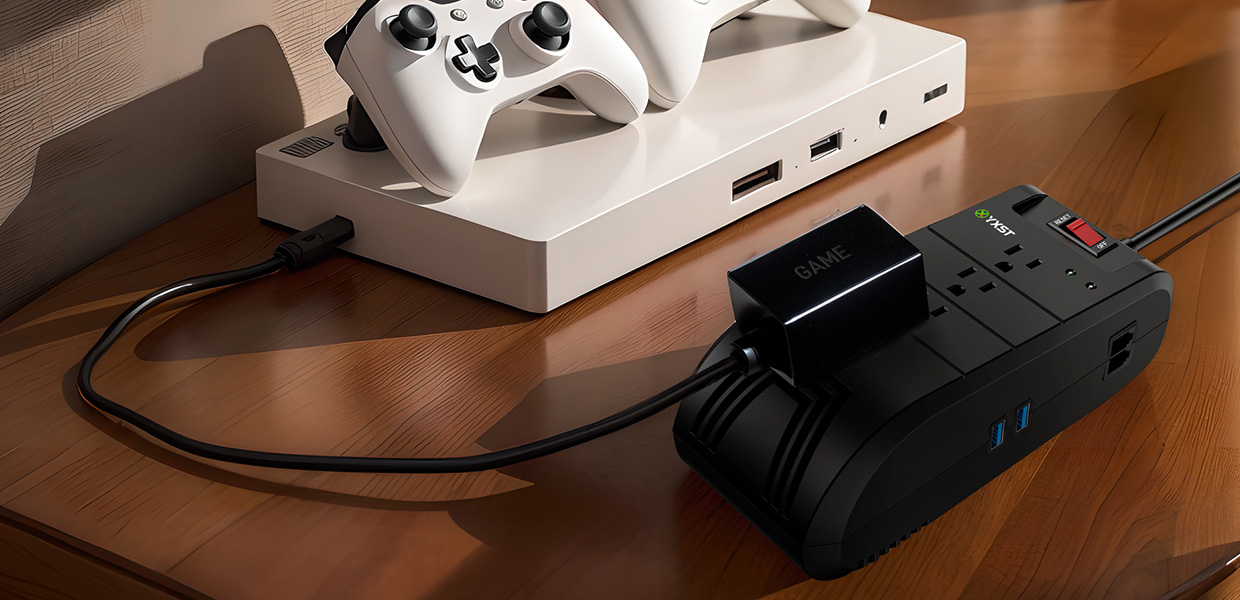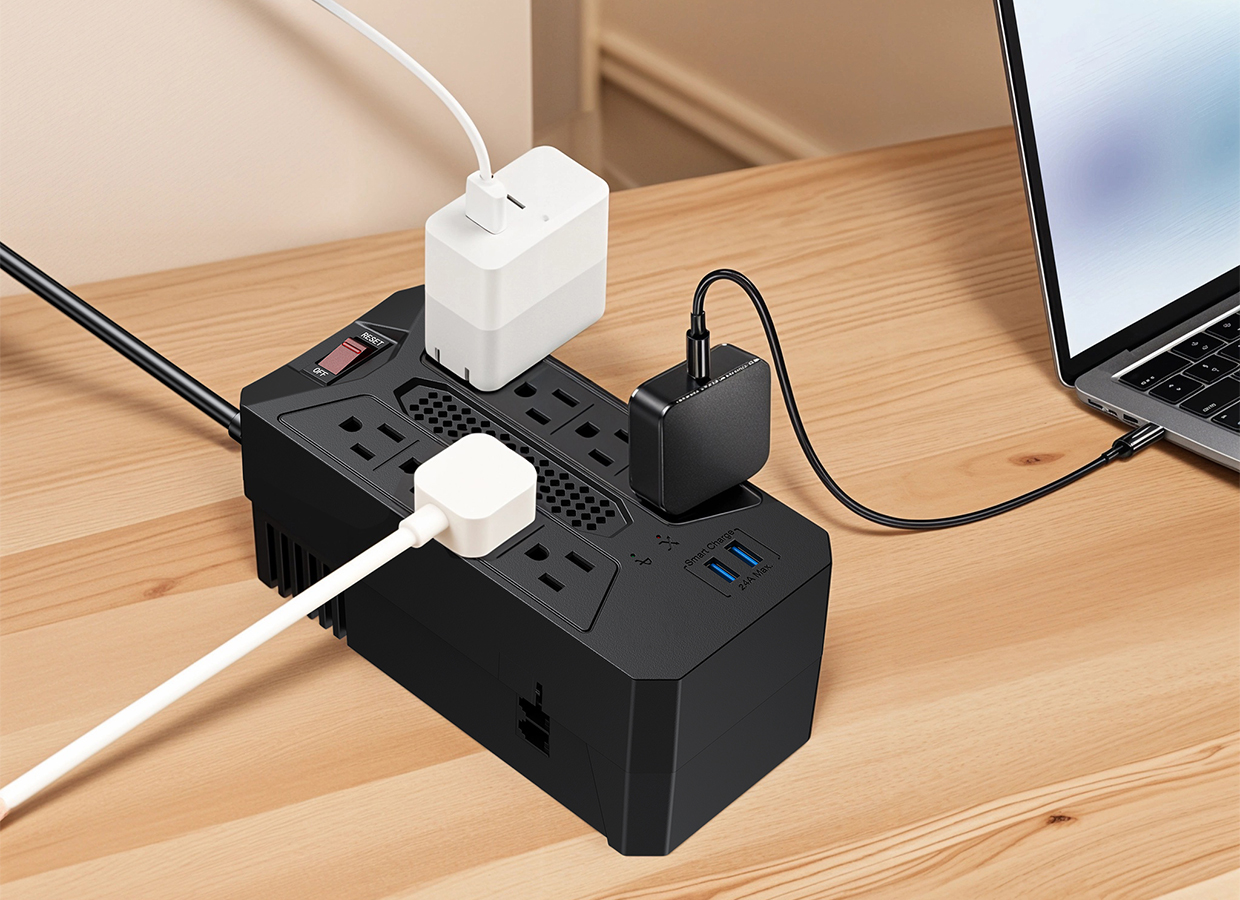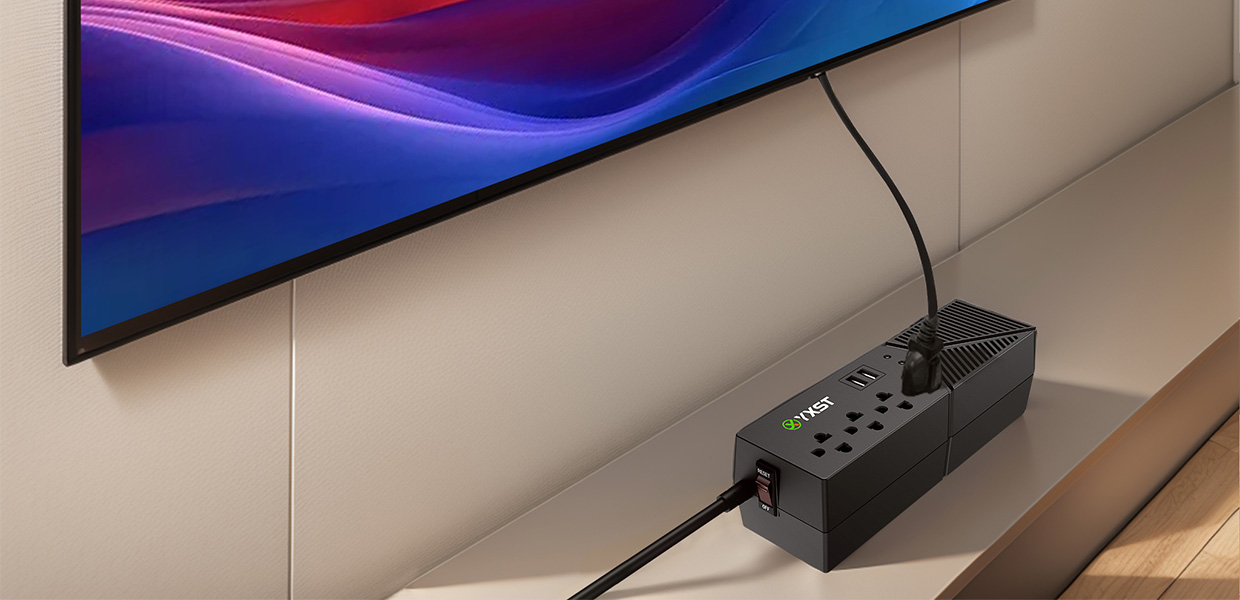Automatic voltage regulator 220V: Principle, and Selection
Date:2025-05-21 Click:1032
Technical Principle and Core Design
Automatic voltage regulator 220V is a device that monitors input voltage fluctuations in real-time and adjusts the output to a stable value. It is widely used to protect sensitive electronic equipment from voltage instability. Its core technologies include:
1. Voltage sampling and control module:
The input voltage changes are detected in real-time by sensors, and precise control is achieved in combination with microcontroller units or dedicated chips.
2. Regulation mechanism:
- Relay type: mostly used in low-cost scenarios, switching different winding taps through relays, and the response speed is moderate.
- Servo motor type: Mechanically driven carbon brushes are moved on the voltage regulator (Variac), suitable for high power requirements.
- Solid-state electronic type: no mechanical parts, relying on semiconductor components for rapid adjustment, with instantaneous peak suppression function.
Core functions and protection mechanisms
1. Voltage stabilization accuracy: Industrial-grade equipment usually requires ±1% accuracy (such as frequency fluctuation within 4%), while household products are generally ±8-10%.2. Multiple protections:
- Electrical protection: Overvoltage, undervoltage, short circuit, overload, and lightning impulse protection (such as Makelsan explicitly excludes lightning damage warranty).
- Environmental adaptability: Some models support -40°C to +70°C operating temperature, and a built-in EMI filter to suppress interference.
3. Intelligent control: High-end models are equipped with a delayed start function (6 seconds/180 seconds optional) to avoid the impact of frequent fluctuations on the equipment.
Application scenarios and Selection recommendations
1. Home and office: Prefer 500W-2kVA small AVR, focusing on portability and basic protection.3. Key selection parameters:
- Input range: Home use is usually 140-260V, and industrial level may be extended to 100-280V.
- Heat dissipation design: high-power devices need built-in fans.
- Certification standards: such as CE certification or compliance with TS EN 60076 industrial standards.
Maintenance and precautions
1. Installation specifications: Wiring must be done by professionals, and grounding protection is essential to avoid the risk of electric shock.2. Regular inspection: including fuse status, carbon brush wear (servo type), and cooling system.
3. Warranty and repair: Most products provide a 2-year warranty, but man-made damage (such as short circuit, or misoperation) is not covered. It is recommended to obtain spare parts through the original manufacturer's channels.
What is the difference between an automatic voltage regulator and manual voltage regulator
The core differences between an automatic voltage regulator (AVR) and a manual voltage regulator lie in the adjustment method, response speed, accuracy, applicable scenarios, and maintenance cost.
Adjustment method
| Type | Automatic Voltage Regulator (AVR) | Manual voltage regulator |
| Monitors voltage fluctuations in real time through sensors and automatically adjusts output (such as switching relays, moving carbon brushes or semiconductor switches). | Relies on manual operation (such as turning a knob, switching taps) to adjust the voltage. | |
| Electronic control system (MCU, dedicated chip) | Manual intervention | |
| Typical technology | Relays, servo motors, solid-state electronic regulation | Mechanical voltage regulator, autotransformer tap switching |
Response speed and accuracy
| Parameters | AVR | Manual regulator |
| Response time | Short time (such as solid-state electronic type can respond instantly) | Minute level (requires manual judgment and operation) |
| Voltage regulation accuracy | ±1%~10% (industrial grade can reach ±1%, home use ±8%~10%) | ±5%~15% (depends on operator experience) |
| Applicable fluctuations | Frequent fluctuation scenarios (such as unstable power grid, generator power supply) | Long-term voltage deviation (such as fixed low voltage in remote areas) |
Application scenario
| Scenario | AVR applicability | Applicability of manual regulators |
| Home/office equipment | ✔️ Protect sensitive equipment such as computers, servers, medical instruments, etc. | ❌ Unable to respond to sudden fluctuations in real time |
| Industrial equipment | ✔️ High-power equipment that requires high reliability (such as CNC machine tools, production lines) | ❌ Manual operation is difficult to meet continuous production needs |
| Generator matching | ✔️ Automatically match load changes (such as Kutai EA04A supports self-excited generators) | ❌ Frequent manual adjustment of excitation is required, which is inefficient |
| Long-term stable low voltage environment | ⚠️ Low cost performance (suitable for fluctuating scenarios) | ✔️ Low-cost solution to fixed voltage offset (such as remote areas) |
Function and protection mechanism
| Function | AVR | Manual regulator |
| Automatic protection | Overvoltage, undervoltage, short circuit, overload, lightning surge, etc. (such as Secure AVR 220V) | ❌ Additional protection devices (such as fuses) are required |
| Intelligent control | Delayed start, remote monitoring, IoT compatibility (high-end models) | ❌ None |
| Environmental adaptation | Wide temperature design (-40°C~70°C), anti-electromagnetic interference (EMI filter) | ❌ Depends on the stability of the external environment |
Summary: How to choose?
Choose AVR: Real-time voltage stabilization, protection of precision equipment, unattended scenarios (such as data centers, factories).
Choose manual regulator: Limited budget, less voltage fluctuation and manual intervention environment (such as rural fixed low-voltage lighting).
The essence of the two is the trade-off between automation and cost.
Through reasonable selection and standardized use, 220V AVR can significantly extend the life of the equipment and improve the reliability of the power system. Users need to comprehensively consider power requirements, environmental conditions and brand services when purchasing to achieve the best cost-effectiveness.




